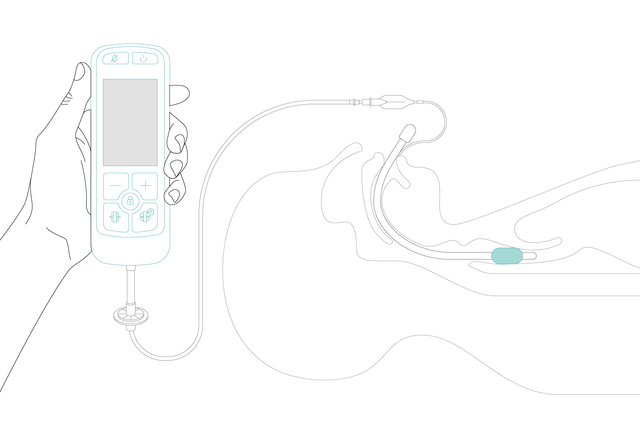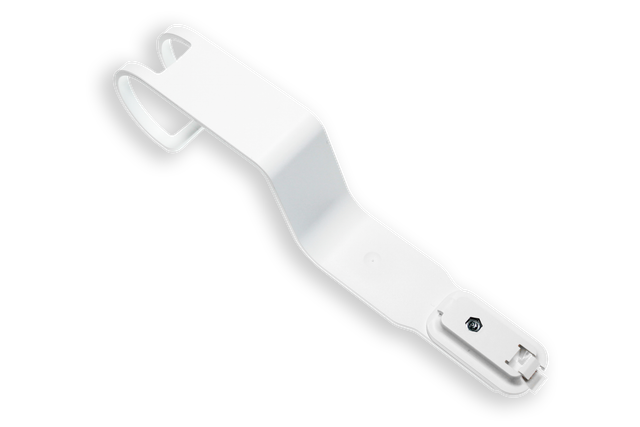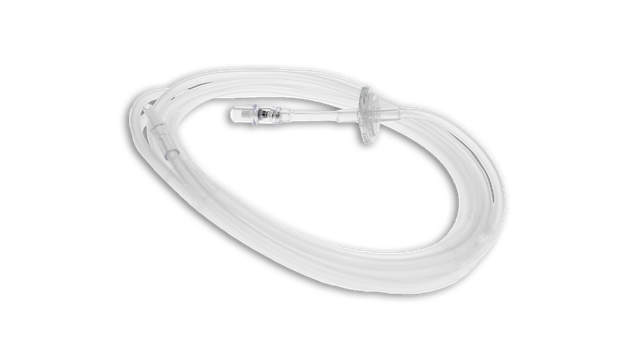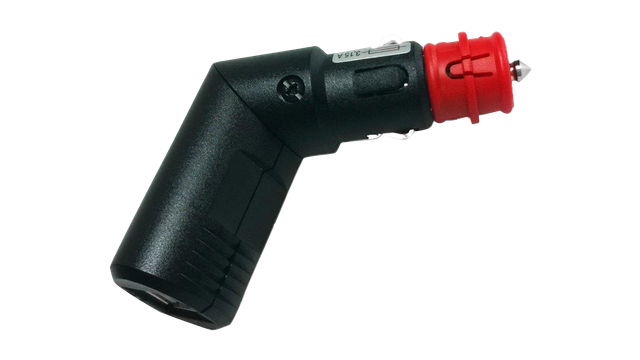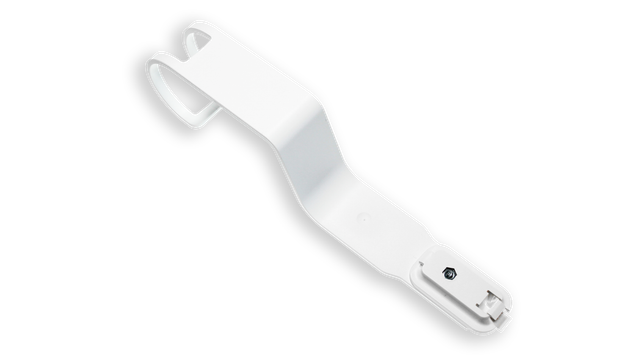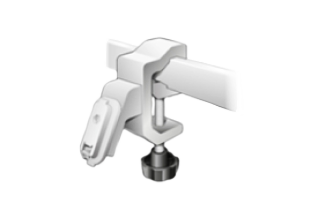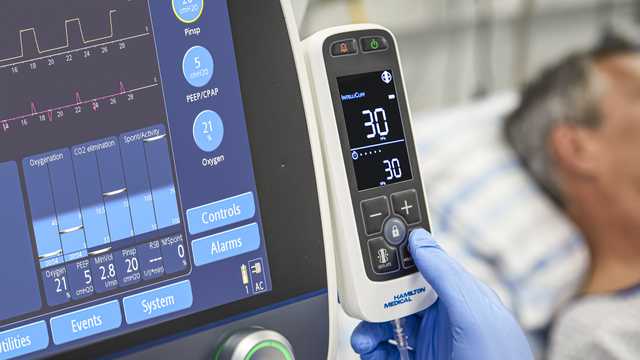
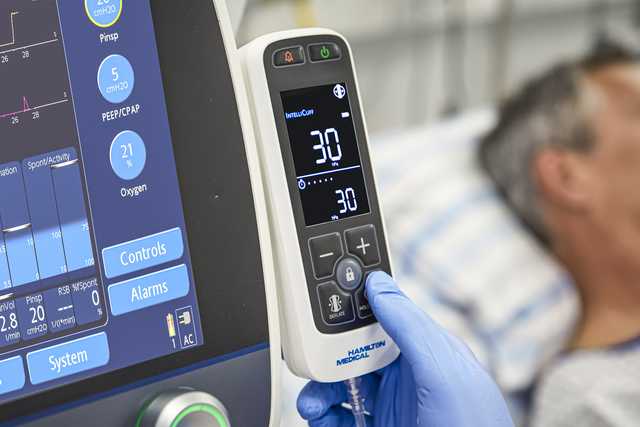
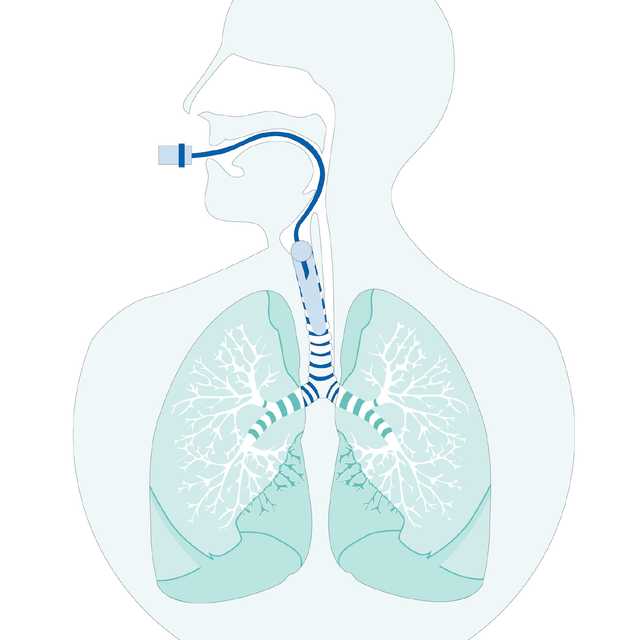
Pour une pression de ballonnet contrôlée et une plus grande sécurité du patient
Une pression de ballonnet contrôlée et optimisée en continu facilite la thérapie de ventilation et protège vos patients contre la pneumonie acquise sous ventilateur (VAP) et les lésions de la trachée (
C'est l'IntelliCuff qui effectue la plus grande partie de ce travail pour vous. Il suffit de définir la pression du ballonnet souhaitée et l'IntelliCuff la maintient de façon automatique. Le dispositif peut fonctionner en toute sécurité dans une large plage de pressions de ballonnet avec plusieurs modèles de sondes d'intubation.
Que vous l'utilisiez en transport aérien avec des changements rapides de pression ambiante ou en salle d'opération pour des narcoses à l'azote ou lors de chirurgie, l'IntelliCuff surveille et maintient en continu une pression du ballonnet optimale pour une meilleure sécurité du patient. Même au cours de certaines des situations les plus critiques (
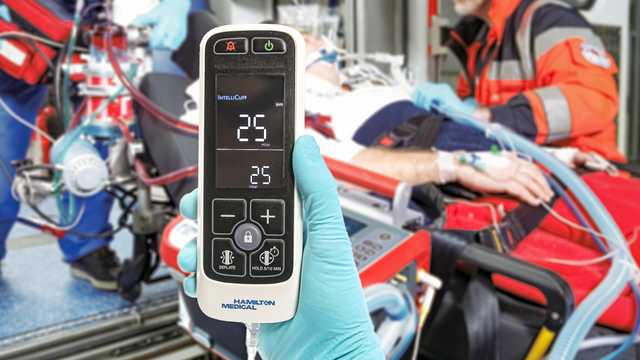
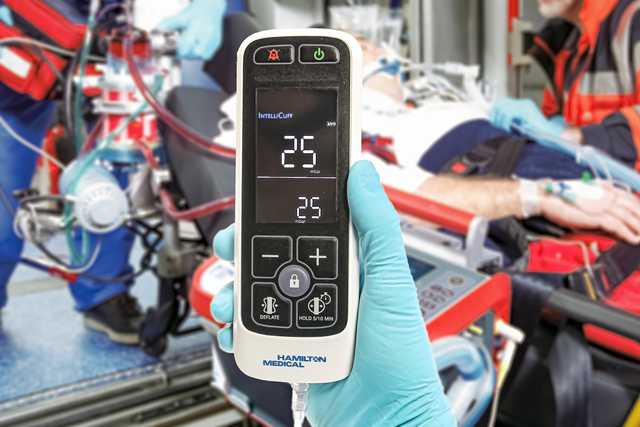
Avec vous où que vous soyez ! Compact et mobile dans toutes les situations
Adapté aux adultes, enfants et nouveau‑nés. L'IntelliCuff sécurise la gestion des voies aériennes dans un grand nombre de situations : dans les unités de soins intensifs, les salles d'opération ou pendant un transport. Vous pouvez utiliser le dispositif pour un secours d'urgence sur terre ou dans les airs, même à des altitudes élevées.

Témoignages de clients
Nous utilisons le dispositif IntelliCuff comme fonction standard de prévention de la BPAVM chez les patients ventilés mécaniquement. Le dispositif IntelliCuff contrôle automatiquement et régulièrement la pression du ballonnet. C'est une aide précieuse pour nous, le personnel soignant, car nous n'avons pas besoin de contrôler manuellement la pression du ballonnet toutes les heures.
Sandra Rupp
Chef du département des soins infirmiers en USI
Hôpital du canton des Grisons, Coire, Suisse
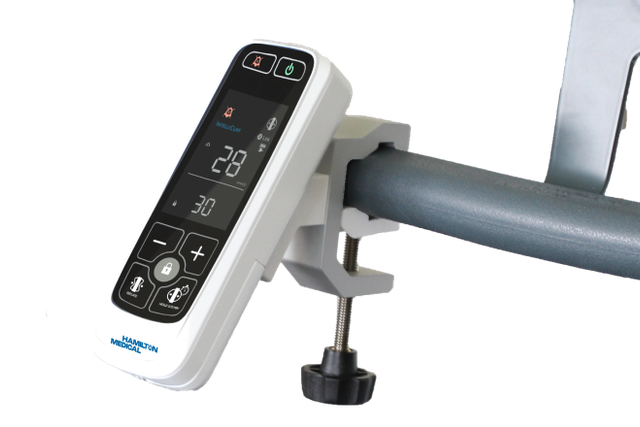
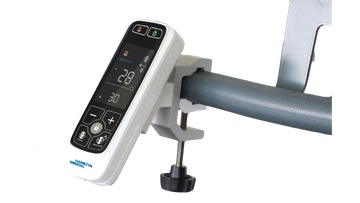
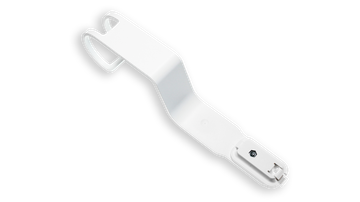
Cliquez et restez. Une gamme de solutions de montage
Différentes interfaces vous permettent de monter l'IntelliCuff à l'endroit qui vous convient. Un simple clic suffit.


Une cohabitation parfaite avec son entourage. Compatibilité du ventilateur
Le dispositif autonome IntelliCuff est le compagnon idéal des ventilateurs Hamilton Medical.
